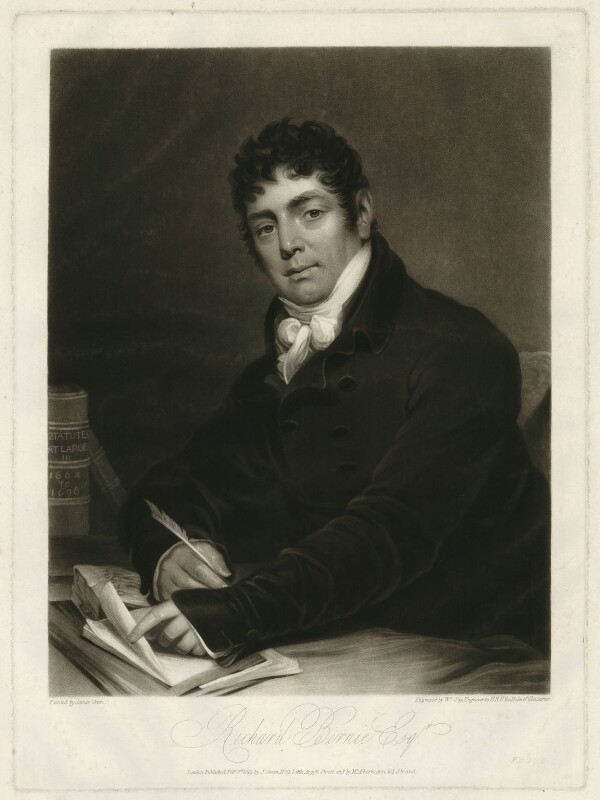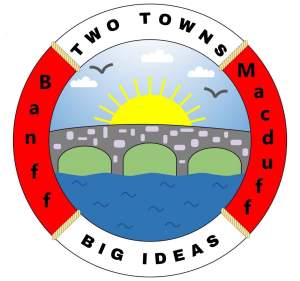
http://creativecommons.org/licenses/by-nc-nd/3.0/
In 1759 Richard Birnie was born in Banff. He came from a respectable family and when he was old enough he was apprenticed to a saddler. Later he travelled to London to take up a position with McIntosh and Co., Saddlers and Harness Makers in Haymarket. This company undertook work for the royal family and Richard was often asked for by the Prince of Wales.
As his work was sought after by a member of the royal family, he advanced within the company and in time became a foreman and later, a partner in the business. In 1798, he married Louisa Birrell, the daughter of a wealthy merchant, and had a family.
In time he became a magistrate at Bow Street. He is famous for having led the police in the arrest of the Cato Street conspirators on 23rd February 1820. This was a group of twenty-seven men who had devised a plot to murder the entire British Cabinet, whom they blamed for the poor conditions for ordinary people in the country at the time. George Edwards, one of the conspirators, showed the others a copy of the New Times which stated that the Cabinet ministers were going to dine together at Lord Harrowby’s home in Grosvenor Square. The conspirators plotted to assassinate the ministers there. The group were betrayed by a spy in their ranks and that allowed Richard Birnie and the metropolitan police to arrest them before they could act.
Although there was such a large group, only eleven men were arrested. They were brought to trial and of these, five admitted their guilt and were transported, the other five were hung. The last one of the eleven was the spy.
Later at Queen Caroline’s funeral in 1821, a mob of people was becoming unruly and Sir Robert Baker, the Chief Metropolitan Stipendiary Magistrate, was urged to read the Riot Act but he did not, so Richard Birnie stepped up and read it. Sir Robert Baker resigned and Richard Birnie was promoted in his place. Shortly after the funeral, Richard Birnie received a knighthood.
Sir Richard Birnie died on 29th April 1832 and was buried in St Martin in the Fields cemetery.
